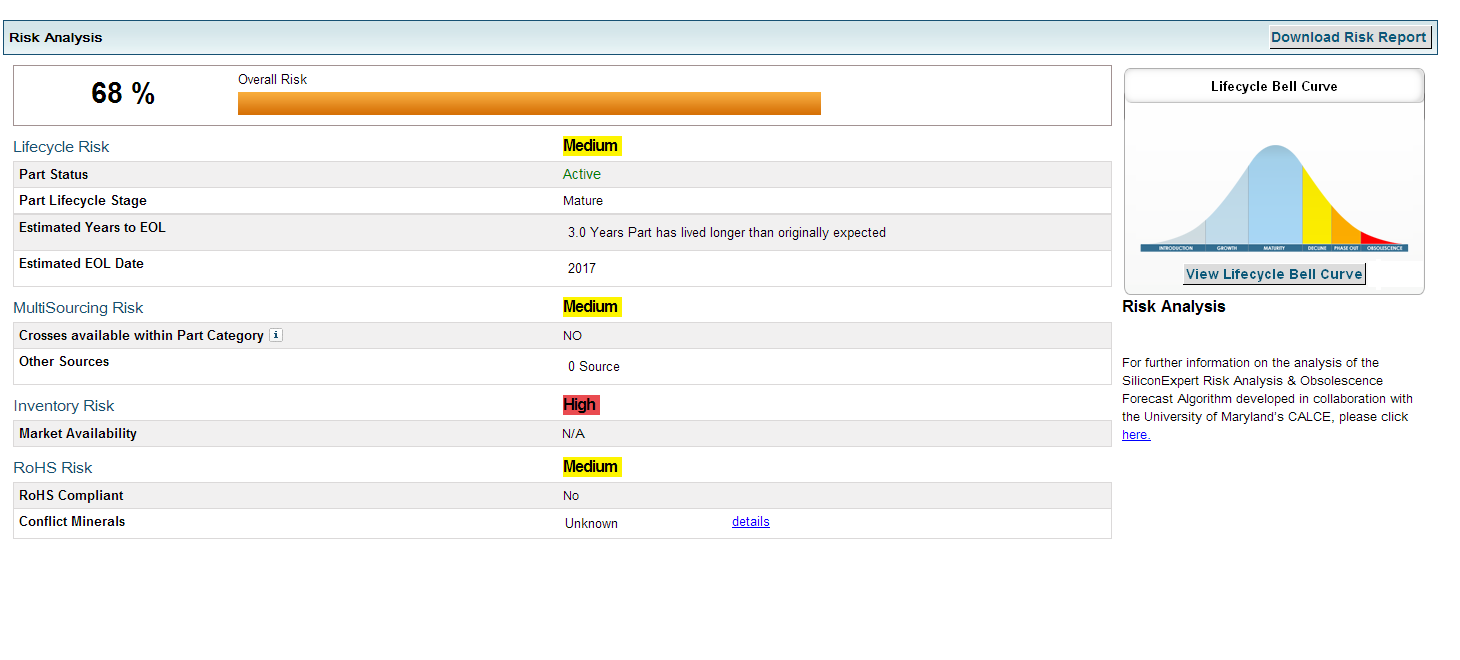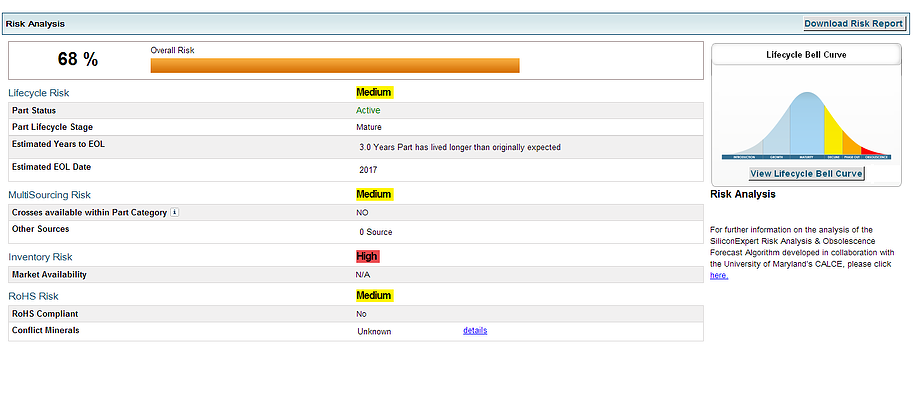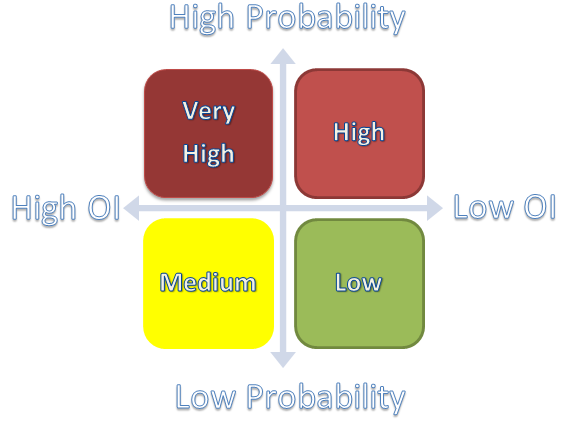01.03.2021
5 BOM Obsolescence Management Tips

In today’s market, it can often feel like parts become obsolete the second after they are designed in. It is important to carefully analyze your Bill of Materials (BOM), and discover any obsolescence risks within your assembly, before it becomes a problem. Through this 5 step process, you can properly check your BOM and identify high risk components before they become a problem in your manufacturing.
Step 1: Break Down the Bill of Materials
The first step is breaking your BOM down into organized and manageable sections, ideally to its lowest and most specific component level. This means you should be able to look at each individual component within your BOM and be able to analyze each component separately. At this stage you can typically filter out custom parts like sheet metal and cable assemblies, common hardware, and phantom items (work instructions, etc.).Step 2: Filter Out Obvious Low Risk Components
After appropriately breaking down your BOM, it is time to filter out any obvious low risk components. Since the next step (Risk Analysis) will be the most time consuming part of this process, it’s necessary that you filter out the low risk components prior to beginning your analysis. Any components that you can buy off the shelf or have a 7+ years till end of production life should be filtered out.
Step 3: Assess Obsolescence Risk for the Remain Components
Now that you are ready to begin the risk analysis procedure, you can break the analysis process into two specific areas of study, probability of obsolescence and operational impact criticality.
- Probability of Obsolescence: Consider the EAU for the PCB, and compares it to the consumption rate of the component. Additionally, the number of manufacturers available for the component, as well as the number of years left in the components lifetime, should be reviewed.
- Operational Impact Criticality: Addresses obsolescence issues on the system’s functionality and performance levels. When properly analyzed, it should give you an idea of the potential loss of availability.
Utilization of SiliconExpert’s Risk Analysis tools will similarly allow you to look at the lifecycle risk of each component, as well as its potential inventory risk. This tool can prove invaluable in allowing you to understand the potential for obsolescence of every component utilized on your assembly.

Step 4: Mitigation Decision and Component Prioritization
Once you have calculated both the probability of obsolescence and the critical operational impact, you can then look at your obsolescence risk. Based on these two factors, each component can be segregated into one of the four categories below.

The components within your filtered BOM can then be ranked and should be managed accordingly.
∙Very High: Mitigation strategies should be implemented IMMEDIATELY to reduce obsolescence issues as soon as possible. Possible mitigation strategies include component replacement, planned system upgrades, and redesign considerations.
∙High: Components should be addressed at your discretion. Additional research should also be done to look for solutions should the component become more of a threat in the future.
∙Medium: Component should receive continued monitoring, and any serious obsolescence issues can be addressed on an as-needed basis.
∙Low: Implementing a mitigation strategy is unnecessary and too costly to address at this stage.
Step 5: Repeat Process Every 6 Months
It is important to readdress and reanalyze your BOM every six months while the assembly is in production, to ensure continued component effectiveness. By continuously re-evaluating your components, you can ensure minimal obsolescence risk within your manufacturing, and promote continued efficiency and profitability.
Further Reading: 5 Tips For BOM Structure
This post originally appeared in the DigiDource Blog


